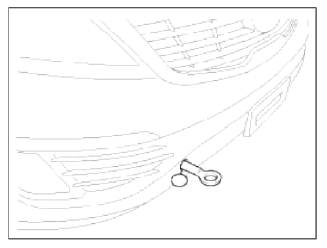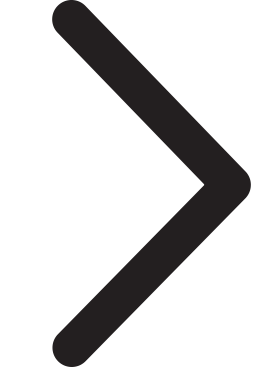Kia Sportage: Towing
If the vehicle needs to be towed, call a professional towing service. Never tow vehicle with just a rope or chain. It is very dangerous.


Emergency Towing
There are three popular methods of towing a vehicle:
- The operator loads the vehicle on the back of truck. This is best way of transporting the vehicle.
- The tow truck uses two pivoting arms that go under the tires of the driving axle and lift them off the ground. The other two wheels remain on the ground.
- The tow truck uses metal cables with hooks on the ends. These hooks go
around parts of the frame or
suspension, and the cables lift that end of the vehicle off the ground. The
vehicle's suspension and body can be
seriously damaged if this method of towing is attempted.
If the vehicle cannot be transported by flat-bed, should be towed with the wheels of the driving axle off the ground and do the following :
Manual Transaxle
- Release the parking brake.
- Shift the Transaxle to neutral.
Automatic Transaxle
- Release the parking brake.
- Start the engine.
- Shift to [D] position, then [N] position.
- Turn off the engine.
CAUTION
- The vehicle equipped with full-time 4WD should be only transported on a flat-bed.
- Improper towing preparation will damage the transaxle. Follow the above procedure exactly. If you cannot shift the transaxle or start the engine (automatic transaxle), your vehicle must be transported on a flat-bed.
- It is the best to tow vehicle no farther than 30km (19miles), and keep the speed below 50km/h (30mph). (For the full-time 4WD vehicle, limit the towing to 1.5km (1mile) and 15km/h (10mph) )
- Trying to lift or tow your vehicle by the bumpers will cause serious damage. The bumpers are not designed to support the vehicle's weight.
Tightening Torque Table Of Standard Parts

NOTE
1. The torques shown in the table are standard values under the following conditions:
- Nuts and bolts are made of galvanized steel bar.
- Galvanized plain steel washers are inserted.
- All nuts, bolts and plain washers are dry.
2. The torques shown in the table are not applicable :
- When spring washers, toothed washers and the like are inserted.
- If plastic parts are fastened.
- If self-tapping screws or self-locking nuts are used.
- If threads and surfaces are coated with oil.
3. Reduce the torque values to the indicated percentage of the standard value under the following conditions.
- If spring washers are used : 85%
- If threads and bearing surfaces are stained with oil: 85%
READ NEXT:
 Meaning Of Symbols
Meaning Of Symbols
There are five primary symbols used to complement illustrations. These
symbols indicate the part to apply such
materials during service.
Do not reuse the part. Replace a new one.
Apply engi
 General Service Information
General Service Information
Protection Of The Vehicle
Always be sure to cover fenders, seats, and floor areas before starting work.
CAUTION
The support rod must be inserted into the hole near the edge of the hood
whenever y
 Servicing The Electrical System
Servicing The Electrical System
1. Prior to servicing the electrical system, be sure to turn off the ignition
switch and disconnect the battery ground
cable.
NOTE
In the course of MFI or ELC system diagnosis, when the battery c
SEE MORE:
 Interior Lamp Control
Interior Lamp Control
Room Lamp Control
1. Transitions from "Room Lamp Off' state:
T1 : Room lamp 30 time, T2 : Room lamp 20 time
2. Transitions from "Room Lamp 30 sec On" state :
Т1 : Room lamp 30 time, T2 : Room lamp 20 time
 Forward Collision-Avoidance Assist settings
Forward Collision-Avoidance Assist settings
Setting features
Forward Safety
Driver Assistance
Forward Safety
Active Assist
Warning Only
Off
With the vehicle on, select Settings?
Driver Assistance ? Forward Safety
from the User Settings menu or select
Settings ? Vehicle ?Driver Assistance
? Forward Safety from t
Content
- Home
- Kia Sportage - Fifth generation (NQ5) - (2022-2025) - Owner's Manual
- Kia Sportage - Second generation (JEKM) (2005-2015) - Body Workshop Manual
- Kia Sportage Third generation (SL) - (2011-2016) - Service and Repair Manual
- Sitemap
- Top articles